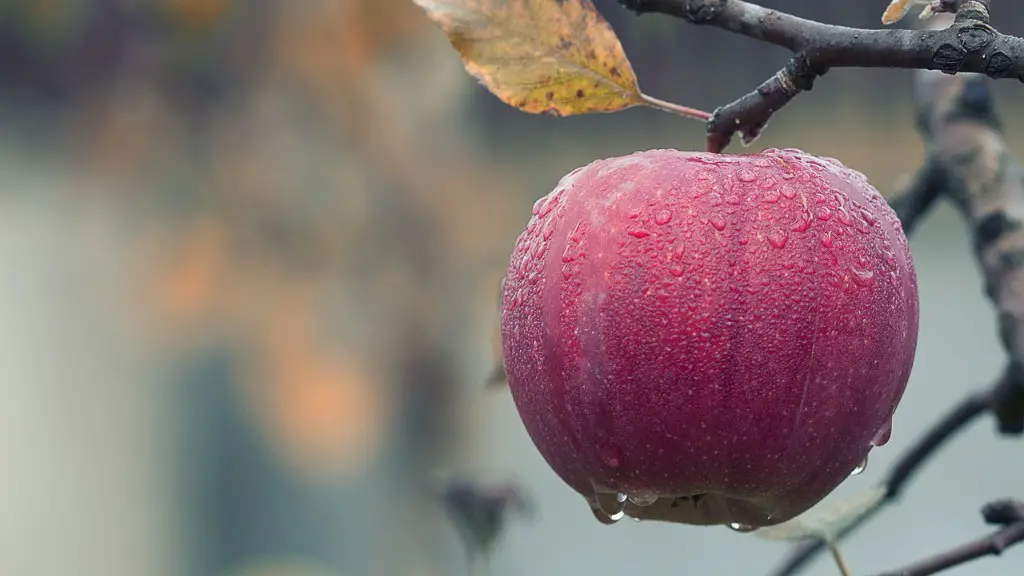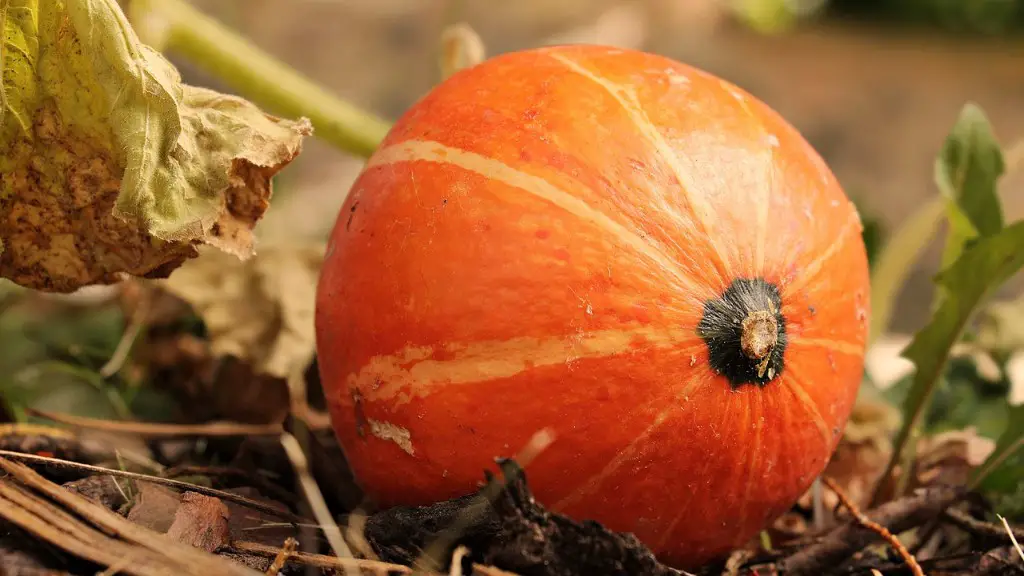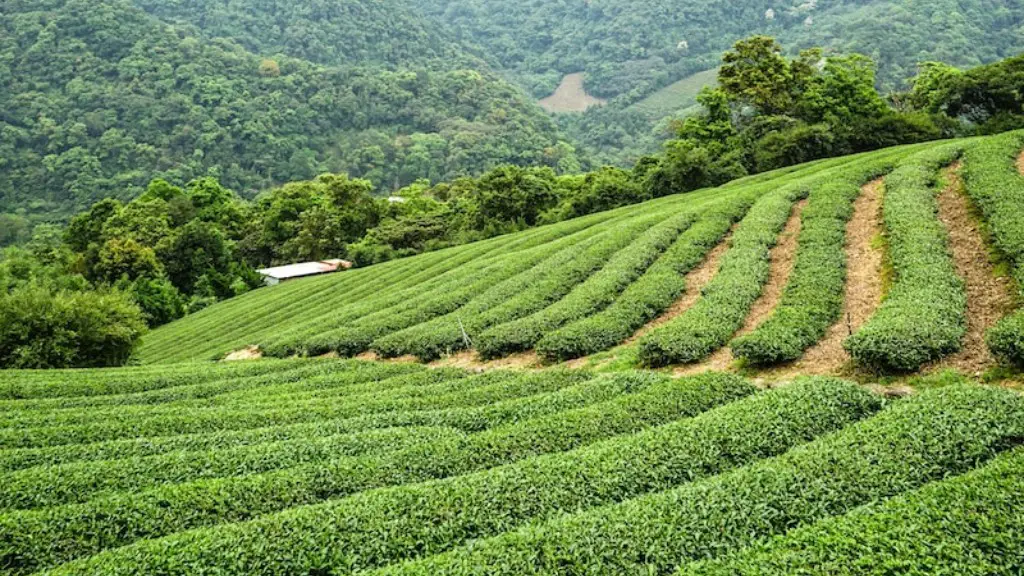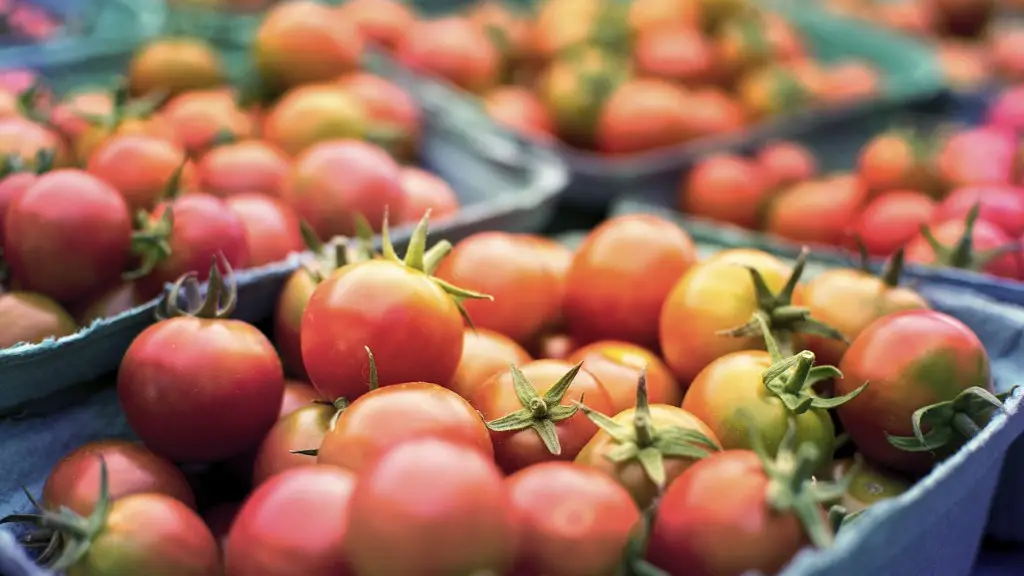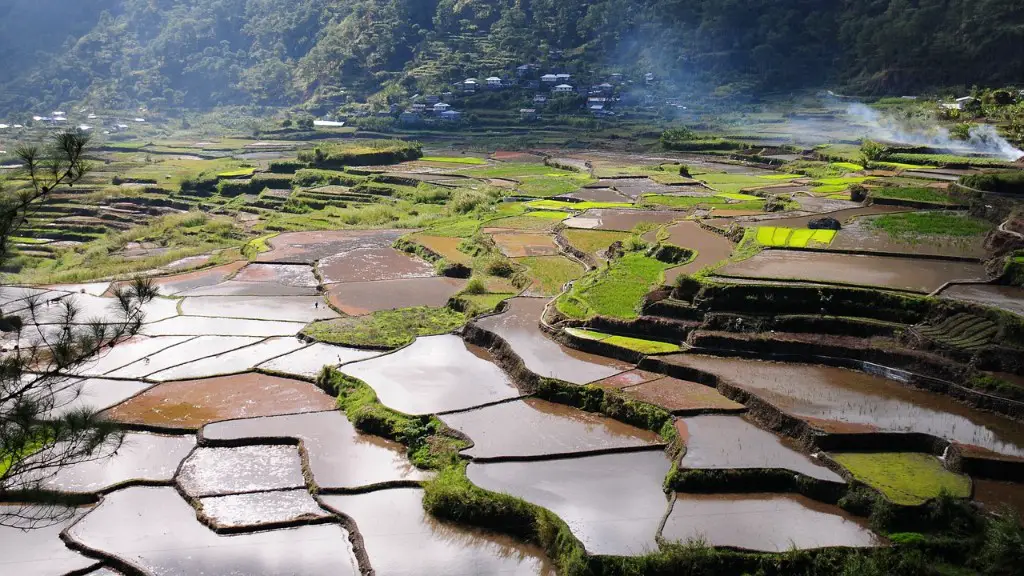Smallholder agriculture is a type of farming that is typically carried out by families or small groups of people on a small plot of land. Smallholder agriculture is popular in many developing countries where land resources are limited. It is often the only type of agriculture that is possible for poor, rural families to engage in. Smallholder agriculture tends to be more labour intensive than large-scale commercial farming.
Smallholder agriculture is a type of farming in which smallholders grow crops and raise livestock on a small scale. Smallholders typically own or lease a small plot of land, on which they grow crops and rear animals. Smallholder agriculture is common in many parts of the world, including Africa, Asia, and Latin America.
What is the meaning of smallholder farmers?
A smallholder farmer is a producer who rears livestock, raises fish or cultivates crops on a limited scale. In the developing world, a smallholder farm is a family-owned enterprise operating on up to 10 hectares, or 24 acres, with most smallholder farmers cultivating less than 2 hectares, or 5 acres, of land.
Smallholder farmers play a vital role in food security and poverty alleviation in the developing world. They often produce for both the local and national market, and their produce is an important source of income and food for their families.
Despite the importance of smallholder farmers, they often face significant challenges. They often lack access to markets, credit, and other inputs, and they are often at the mercy of weather and other environmental factors. In addition, smallholder farmers often have little political power, which makes it difficult for them to advocate for their interests.
Despite the challenges, smallholder farmers continue to play a vital role in the food security and economic development of the developing world.
A smallholding is a small farm or piece of land used for agricultural purposes. A farmer is someone who owns or operates a farm. A farmworker is someone who works on a farm, often doing manual labor. A crofter is a farmer who cultivates a small plot of land. A farmhand is someone who works on a farm, often doing manual labor.
Why is smallholder farming important
Smaller farms play an important role in the global food supply, accounting for one-third of the total. This is because they tend to allocate a larger share of their crops towards food production, rather than animal feed or biofuels. This makes them a critical part of ensuring food security for the world’s population.
Smallholder farmers play a critical role in sustainable agriculture, but they often face challenges in being included in traceability initiatives. Lack of land tenure security, accountability for intermediaries, and limited access to technologies can all impede smallholders’ ability to ensure that their products are sustainable. To address these challenges, it is important to promote land tenure security, improve transparency and accountability in agricultural supply chains, and provide smallholders with access to appropriate technologies.
What are the characteristics of smallholder agriculture?
Smallholders are usually family-run farms that emphasize stability and self-sufficiency. They often use traditional methods of production and favor family labor over outside workers. A large portion of the produce is typically used for family consumption.
Smallholder farmers around the world face high levels of food insecurity due to a variety of factors. These include weak land tenure systems, unsustainable farming practices, climate change, inadequate markets, low access to finance, high post-harvest losses, and poor infrastructure. These factors combine to make it difficult for smallholder farmers to produce enough food to meet their own needs, let alone generate surplus for sale. As a result, many smallholder farmers are forced to rely on food assistance programs or sell their land in order to survive.
What is the difference between a smallholding and a farm?
A smallholding is a great way to be more self-sufficient and grow your own food. You can also keep some livestock, such as chickens, goats, or pigs. You’ll need to make sure you have enough land to support your animals and crops. Woodland management is also important to provide fuel for your home.
A smallholding is a great way to become self-sufficient and grow your own food. However, there are a few things you need to consider before making the jump.
First, you need to decide why you want a smallholding. What are your goals? Do you want to grow vegetables to sell at a farmers market? Do you want to raise chickens for eggs? Knowing what you want to do with your smallholding will help you choose the right location and the right amount of land.
Next, you need to choose the right location. The climate, the soil, and the proximity to markets are all important factors to consider. Don’t underestimate how much land you might need – it’s better to have too much than too little.
Finally, make sure that both you and your partner are equally committed to the idea. A smallholding is a lot of work, and it’s important that you’re both on board from the start.
How many acres is a smallholding
A smallholding is a small plot of land used for agricultural or other purposes. Generally speaking, a smallholding is anything smaller than 50 acres, but this covers a wide range of anything from garden-sized plots to holdings spanning multiple acres of land. If your goal is to become totally self-sufficient, then five acres for a family-sized holding is a good rough estimate to start with.
A small farmer is a farmer who owns or cultivates agricultural land up to 2 hectares. Small farmers typically use manual labor and simple tools for farming. They may also own some livestock. Small farmers usually sell their produce directly to consumers or to local markets.
How are small farmers exploited?
It’s unfair that small farmers often get exploited with higher interest from money lenders. These farmers work hard to provide for their families and communities, and they deserve to be treated fairly. We must do everything we can to support them and end this exploitation.
Smallholders are family units that exist in a family-labour intensive system with low capital input. These farmers generally have limited opportunities for livelihood improvement because of limited farm size, poor knowledge in production and marketing, and difficulties accessing finance.
What is the biggest problem for farmers
Farmers must adapt to climate change
-Land Only 12% of the world’s land can be used for farming
-Water Farming uses 70% of the world’s fresh water
-Emissions Agriculture, forestry and other land use causes 23% of greenhouse gas emissions
-Biodiversity
As the world’s population continues to grow, it is essential that farmers adapt to climate change in order to sustainably provide for the population. With only 12% of the world’s land available for farming, and farming using 70% of the world’s fresh water, it is essential that farmers adopt practices that minimize water use and greenhouse gas emissions. One way to do this is to choose crops that are adapted to the local climate, and to implement practices such as no-till farming and crop rotation.
A smallholding is a small plot of land with a low rental value, used to grow crops. Smallholders are typically found in developing countries. These farms vary in land sizes, production, and labor intensities.
According to some estimates, there are 525 million smallholder farmers in the world. Most smallholders live in rural areas and subsist on farming. They often lack access to markets, credit, and other resources. As a result, smallholders often struggle to make a living.
There are a number of initiatives aimed at supporting smallholders. These include initiatives to improve access to markets, credit, and other resources. Such initiatives can help smallholders to improve their livelihoods.
Where do smallholder farms play the most significant role in animal agriculture?
Smallholder farmers are those who own small farms or a small amount of land. They are in sub-Saharan Africa, South Asia, Europe and some in the United States. About two-thirds of all farms in Europe are smallholder.
A smallholder farmer is someone who owns and farms a small piece of land. In most cases, a smallholder farmer has a farm that is two hectares or less. Smallholder farmers are often subsistence farmers, meaning that they grow enough food to feed themselves and their families, but they don’t have any surplus to sell.
Conclusion
Smallholder agriculture is an agricultural production system where smallholders own or manage farms. Smallholders are defined as people who cultivate crops and rear livestock on a small scale. Smallholder agriculture is widespread in developing countries, where most people live in rural areas and derive their livelihood from agriculture.
Smallholder agriculture is a type of farming that is done on a small scale, usually by a family or a small group of families. Smallholder agriculture is very important in many parts of the world, as it provides food and income for millions of people. In many cases, smallholder farmers are able to produce more food per acre than large-scale commercial farms. This is due to the fact that smallholder farmers often have more knowledge about their local conditions and are able to better care for their crops.
